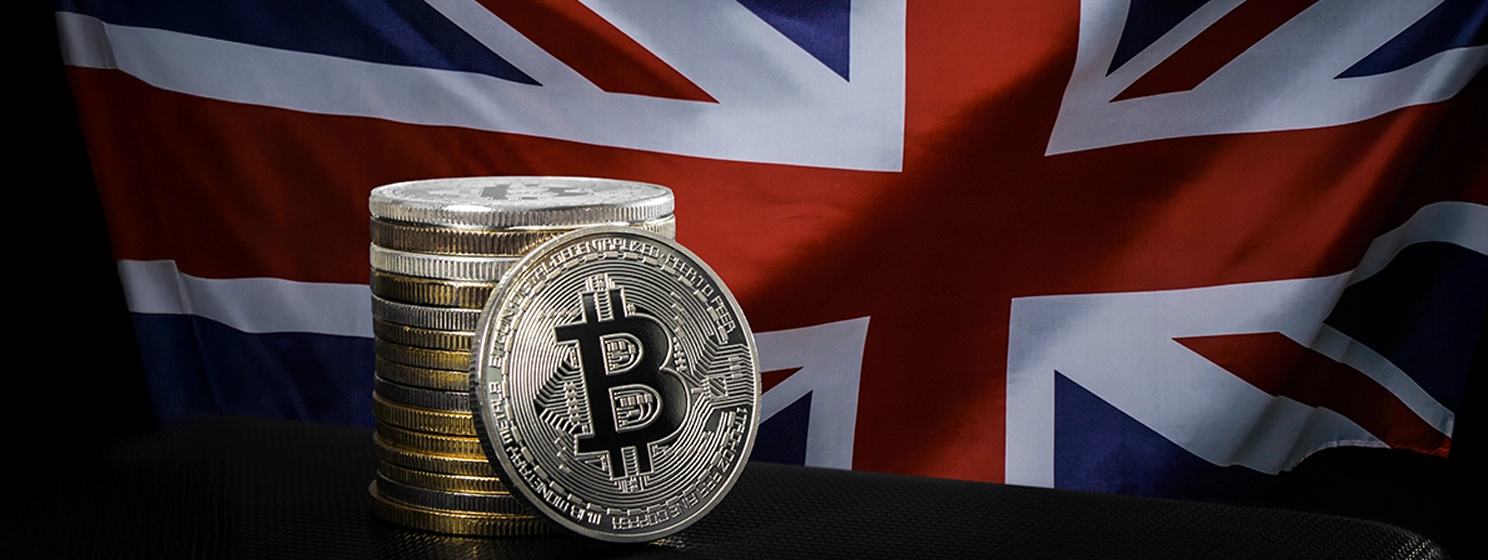|
Getting your Trinity Audio player ready...
|
With all the talk about tokenization in recent years, another related term has crept into the discourse around blockchains and digital assets: fractionalization.
Since infinite numbers of tokens can theoretically be minted against any real-world asset (RWA), proponents of fractionalization claim it will allow anyone, anywhere, to own a little slice of anything. The promise is that a Picasso painting or a New York City skyscraper could be owned by thousands or even millions of people across the globe, enhancing liquidity and making global markets accessible like never before.
However, as with most things in this industry, fractionalization is a double-edged sword, and the reality is far from the ideal vision. Let’s dig deeper into fractionalized ownership, its potential, and its limitations.
A fractionalized world
With scalable utility blockchains like BSV, it’s simple enough for anyone, anywhere, to mint tokens representing any asset. With 1Sat Ordinals, Jane could mint 1,000 unique tokens representing fractions of a painting she owns, or John could mint 5,000 tokens against his 1950s Pontiac GTO. Technically, given the global nature of blockchains, anyone could trade these tokens. Our two example characters could sell their tokens to buyers in America, Australia, Europe, Africa, or even the Heard and Macdonald Islands.
Fractionalization itself is not new. Timeshares on apartments in popular holiday destinations have been popular for decades, and there are platforms like Masterworks that have allowed ordinary people to buy fractions of fine art pieces for years. However, the tokenization part is relatively new, and the idea that anyone with a blockchain-linked wallet can mint and trade tokenized assets is revolutionary.
It’s an appealing idea, for sure. Fractionalized ownership lowers the barrier to entry for retail investors, enhances liquidity in markets that need it, opens markets to people across the globe, and gives investors more options to diversify their portfolios. All of this happening on permissionless blockchains, which anyone can access, only enhances all of the above benefits.
However, there are limits to this permissionless, frictionless, fractionalized world. To gain a realistic picture of what we can and cannot do in the future, we must now turn our attention to the other side of the coin.
The limits of fractionalized ownership
The issues related to fractionalization are many, but they fall into three broad buckets. Therefore, they are presented as such below.
Platform risks
Tech and platform risks are a well-known feature of the digital asset industry. Anyone who has been involved for more than a couple of years knows only too well how blockchains can implode, hacks can drain wallets, or insiders can trade against their customers.
Some of this risk can be mitigated by minting and trading tokens directly on secure, scalable blockchains like BSV, but not everyone will do so. Many will choose to use centralized platforms like Binance or OpenSea for the easier user experience, but these platforms introduce counterparty risk; more than one exchange has shut down or been hacked, losing valuable digital assets belonging to its users.
Custody and responsibilities
Disputes over the rights and responsibilities of custodians will inevitably arise in a fractionalized world, just as they do today across every asset class. Where people use exchanges and platforms, there will inevitably be disputes about what rights belong to whom. For example, if Jane loses $25K worth of tokens granting partial ownership over a London penthouse in a hack, is the custodian on the hook for those? If the platform detects a problem and moves the tokens to another wallet, incurring thousands in fees on a blockchain like Ethereum, is Jane responsible for them?
It’s too easy to dismiss all of this and advocate for self-custody, parroting “not your keys, not your tokens.” However, most people do not have the technical sophistication or desire to self-custody digital assets, and the law disagrees with that mantra anyhow. For fractionalized ownership to become mainstream, it has to be as simple and safe as using a bank account or email address is today. Few people will accept losing thousands of dollars in a hack, scam, or platform failure without some legal pushback.What rights do fractional owners actually have? What happens if the majority holder makes a deal to sell to someone who wants to take things in a different direction, eg, extend the London penthouse? Who gets to make crucial decisions that could jeopardize the value of everyone’s holdings, and how are those decisions made? All of these questions complicate the idealistic vision of a frictionless, fractionalized world.
Legal and regulatory issues
In another piece on the limits of tokenization, we drew attention to how the law can complicate matters. Firstly, laws are mostly local while the blockchain is global, but also, there’s ambiguity and vagueness, which can lead to legal disputes requiring human mediation.
For example, if John buys a token representing 1% ownership of one of Lewis Hamilton’s F1 cars, does this represent real legal ownership? Is it equity, debt, or merely a synthetic claim on something? Regardless, what rights and obligations does the token confer? These are tough questions, but they must be answered.
There are further complications, too. If a sanctioned Russian person buys a token representing ownership of a Manhattan apartment, is it valid? What if he bought it before the sanctions kicked in or through an entity based in Japan? If he refuses to divest, can the token be frozen or burned, and must he be compensated for it?
Many fractional assets might also fall under securities laws. Failure to register before offering these tokens could invite enforcement from the Securities and Exchange Commission (SEC), Financial Conduct Authority (FCA), or other regulators. Likewise, fractionalized assets could be a playground for money launderers using thousands of wallets to buy just enough of an asset per wallet to stay under the Know Your Customer and anti-money laundering (KYC/AML) thresholds. What should we do about that?
Despite all of this complexity, the momentum behind fractionalization isn’t slowing down. But can it ever fully deliver on its promise?
Can fractionalized ownership become a reality?
Yes, and it is doing so, but all of these questions must be answered before fractionalized ownership can become a reality at scale. Even when the questions are answered, it will require massive coordination and cooperation across multiple jurisdictions. Regulatory clarity and coordination across the globe are needed, standardized frameworks and protocols must be developed, and real-world records signed off by relevant authorities have to be part of the equation.
Is fractionalization worth it? That’s a subjective question, and whatever anyone thinks, it’s fast becoming a reality. However, if it is to be part of the overall tokenization trend touted by BlackRock’s (NASDAQ: BLK) Larry Fink and others, revolutionizing finance along with everything else, then it has to be done properly and per the law.
Whatever maximalists and cypherpunk types might say, property rights are absolute, financial laws are real, and anyone who believes either can be ignored shouldn’t be part of the discussion. We must build blockchains, platforms, protocols, wallets, and tools with the bigger picture in mind. Fractionalization might reshape global finance, but only if we answer the tough questions first.
Watch: Blockchain is much more than digital assets

 12-21-2025
12-21-2025 




